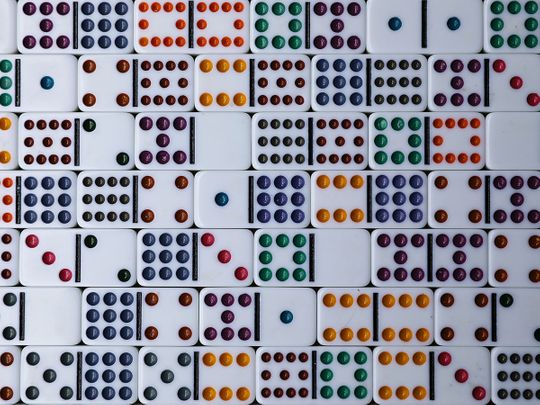
In around 500 BC, the Greeks developed a belief that not all numbers were equal. Two, in fact, were more remarkable and important than others – the numbers 220 and 284.
Click start to play today’s Crossword, where you encounter a maths-related clue in 7-Across.
To understand why the Greeks felt that way, we first need to know what a proper divisor is. It’s basically a smaller number that completely divides a larger one. For instance, the proper divisors of 6 are 1, 2, and 3.
The Greeks learned that the sum of the proper divisors of 220 is 284 and the sum of the proper divisors of 284 is 220! What are the odds of that?
The relationship between the two numbers, in the mathematical world, is called amicability. The concept of these amicable numbers became so interlinked with human relationships that it became a tradition for two people in love to write one of those two numbers on either side of a fruit, cut the fruit into half, and then eat a piece each. They believed this would unite them in love forever, just as the numbers were inextricably linked forever.
Having found a pair with such remarkable qualities, the Greeks looked for more numbers that did the same thing. Yet, they couldn’t find any others. About a thousand years passed until Mesopotamian mathematician Thabit ibn Qurra found two more pairs in the 9th century. At the time, the centre of mathematical exploration and discovery in the world had moved from Europe to Arabia, where it would solidly remain for almost half a millennium.
Even though ibn Qurra had found another pair of similar numbers, this knowledge hadn’t been transferred to Europe or the Mediterranean. Mathematicians there were still looking. Finally, in 1636, French mathematician Pierre de Fermat came upon two numbers that acted amicably: 17,296 and 18,416.
His discovery was lauded all across the land, leading his bitter rival, French philosopher and mathematician René Descartes to frantically find another pair. In 1638, Descartes calculated that 9,363,584 and 9,437,056 were amicable numbers, too! It’s worth nothing that all these discoveries were done through sheer labour, without the use of calculators. And when news of ibn Qurra’s discovery reached Europe, it turned out that the two number pairs Fermat and Descartes had found were indeed the same ones that ibn Qurra had landed upon, thousands of kilometres to the east.
And so, it remained. In 2,000 years, only three pairs of numbers were found to display a beautiful amicability that set them apart from the rest… until about a 100 years later, when a Swiss mathematician named Leonhard Euler decided to give it a try and blew everyone out of the water. He discovered 58 more pairs of amicable numbers!
Euler approached the problem differently – he didn’t rely on a trial-and-error method. He came up with an entire theorem that reliably found those special numbers for him. He was also the person behind what is considered to be the most beautiful equation in the world. But that’s a story for another day.
Did you know about amicable numbers? Play today’s Crossword and tell us at games@gulfnews.com.









